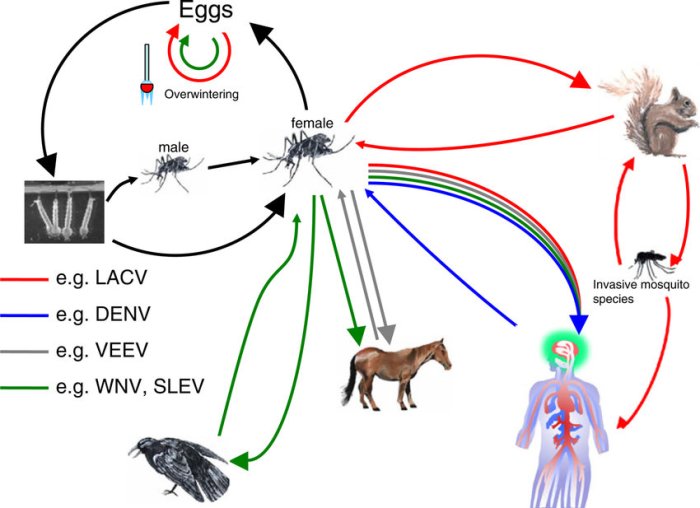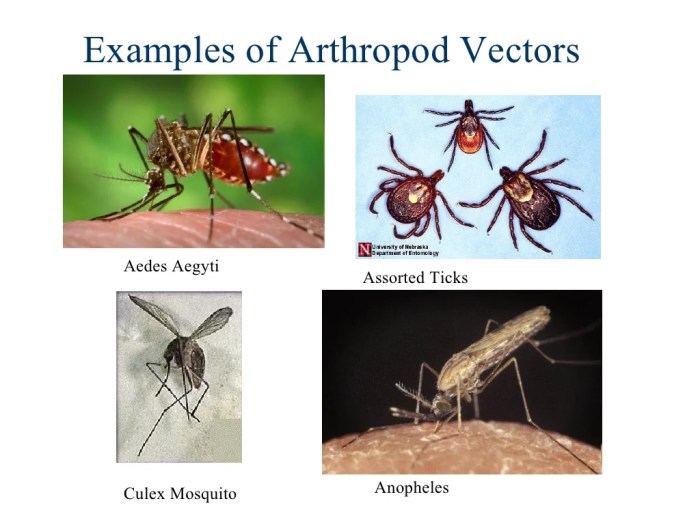What are the arboviruses in sloths? These viruses, transmitted by arthropods like mosquitoes and ticks, pose significant risks to the health and conservation of these enigmatic creatures.
From transmission dynamics to clinical manifestations, this article delves into the intricate world of arboviruses in sloths, exploring their impact on sloth populations and the measures taken to protect these fascinating animals.
Arboviruses in Sloths
Arboviruses, short for arthropod-borne viruses, are viruses transmitted to vertebrates by the bite of an infected arthropod, such as mosquitoes, ticks, or sandflies. Sloths, being arboreal mammals that spend a significant portion of their lives in trees, are susceptible to arbovirus infections transmitted by mosquitoes and other hematophagous arthropods.
Several arboviruses have been identified in sloths, including:
- Mayaro virus
- Oropouche virus
- Ilheus virus
- Venezuelan equine encephalitis virus
- Eastern equine encephalitis virus
Transmission and Epidemiology
Mosquitoes are the primary vectors responsible for transmitting arboviruses to sloths. These mosquitoes acquire the virus by feeding on infected animals, such as birds or rodents, and then transmit it to sloths through subsequent blood meals. Sloths living in close proximity to mosquito breeding grounds or areas with high mosquito populations are at increased risk of infection.
The geographical distribution and prevalence of arboviruses in sloth populations vary depending on the species of sloth, the presence of competent mosquito vectors, and environmental factors. Arbovirus infections have been reported in sloths from Central and South America, with higher prevalence in tropical rainforest habitats.
Factors influencing the transmission dynamics of arboviruses in sloths include mosquito abundance, host density, and environmental conditions. Climate change and deforestation can alter mosquito habitats and increase the risk of arbovirus transmission to sloths.
Clinical Manifestations
Arbovirus infections in sloths can manifest with a range of clinical signs and symptoms, depending on the specific virus and the individual sloth’s immune response. Common symptoms include:
- Fever
- Lethargy
- Anorexia
- Weight loss
- Muscle weakness
- Neurological signs (e.g., tremors, seizures)
The severity of symptoms can vary from mild to severe, and some sloths may develop life-threatening complications, such as encephalitis or meningitis.
Diagnostic Techniques

Diagnosis of arbovirus infections in sloths relies on laboratory tests to detect the presence of the virus or its antibodies in the sloth’s blood or tissues. Common diagnostic techniques include:
- Viral isolation
- Polymerase chain reaction (PCR)
- Serological tests (e.g., ELISA, IFA)
Each diagnostic technique has its advantages and limitations, and the choice of test depends on factors such as the availability of resources, the timing of sample collection, and the specific arbovirus being suspected.
Treatment and Prevention

Treatment options for arbovirus infections in sloths are limited and primarily supportive. Antiviral medications may be used in severe cases, but their effectiveness is variable. Supportive care includes providing fluids, electrolytes, and pain relievers to manage symptoms and prevent complications.
Prevention of arbovirus transmission to sloths involves reducing exposure to infected mosquitoes. Vector control measures, such as mosquito repellents, insecticide-treated nets, and habitat modification, can help reduce mosquito populations and the risk of infection.
Conservation Implications, What are the arboviruses in sloths?

Arbovirus infections can have significant impacts on sloth populations and their conservation status. High mortality rates during outbreaks can lead to population declines and threaten the survival of certain sloth species. Additionally, emerging arboviruses, such as Zika virus, pose potential threats to sloth populations.
Monitoring and surveillance programs are essential for understanding the prevalence and distribution of arboviruses in sloth populations. This information can help guide conservation efforts and inform management strategies to mitigate the impacts of arbovirus infections on sloths.
Closing Notes: What Are The Arboviruses In Sloths?
Understanding arboviruses in sloths is crucial for safeguarding their well-being and ensuring their continued existence in our ecosystems. Through ongoing research and conservation efforts, we can mitigate the threats posed by these viruses and preserve the gentle giants of the rainforest.
FAQ Resource
What are the most common arboviruses found in sloths?
Yellow fever virus, St. Louis encephalitis virus, and Venezuelan equine encephalitis virus are among the most prevalent arboviruses in sloths.
How are arboviruses transmitted to sloths?
Arboviruses are primarily transmitted to sloths through the bites of infected mosquitoes or ticks.
What are the clinical signs of arbovirus infection in sloths?
Clinical signs can vary depending on the virus and the individual sloth, but may include lethargy, loss of appetite, neurological symptoms, and skin lesions.
How can arbovirus infections impact sloth populations?
Arbovirus infections can cause illness, mortality, and reproductive problems in sloths, potentially leading to population declines.
What measures are being taken to protect sloths from arboviruses?
Measures include vector control, vaccination programs, and habitat management to reduce the risk of transmission.